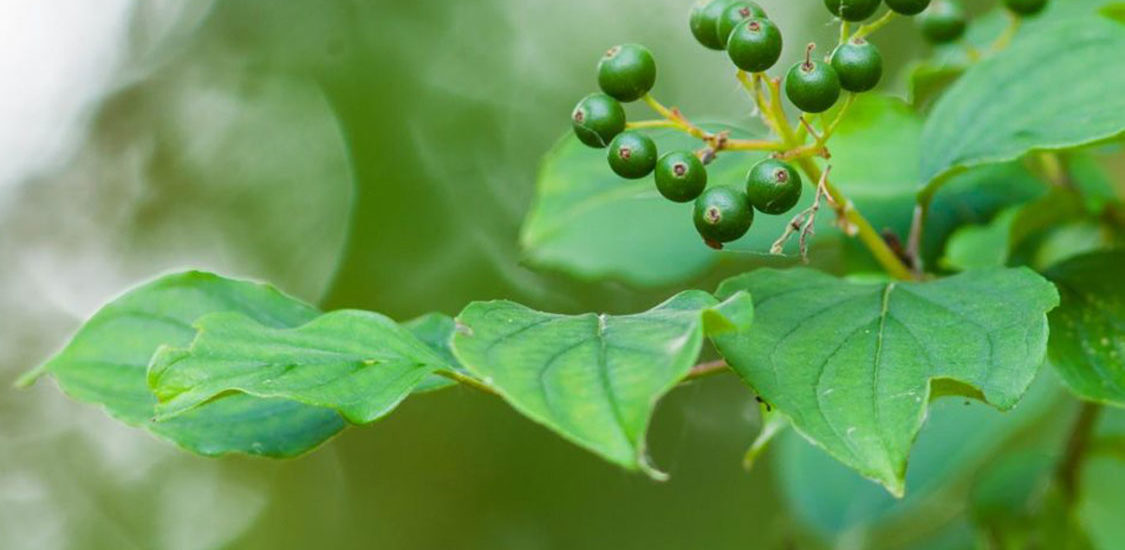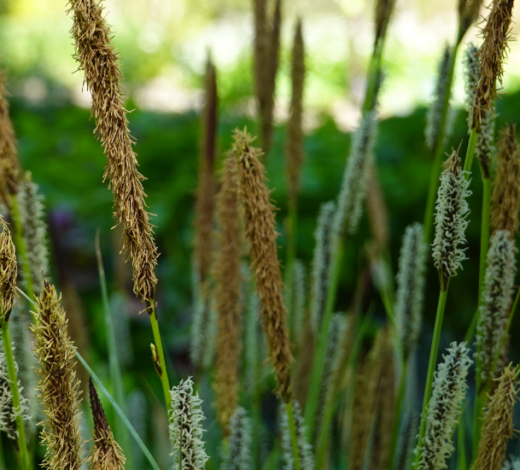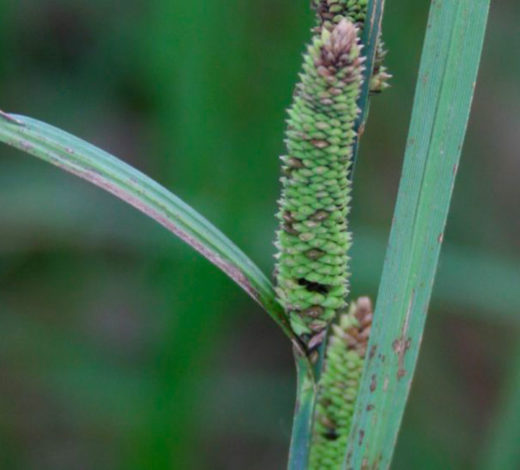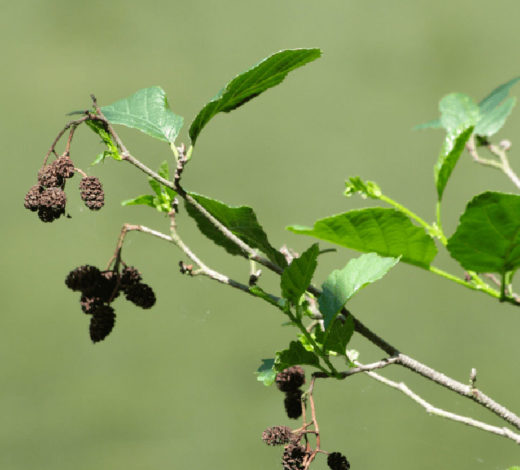Common Dogwood
(Cornus sanguinea)
A bushy shrub or rarely a small tree. Deciduous, with an upright, often sinuous trunk with lots of irregular branches, even near the ground.
Family
Cornaceae
Description
A bushy shrub or rarely a small tree. Deciduous, with an upright, often sinuous trunk with lots of irregular branches, even near the ground. Smooth, shiny, grey bark with reddish cracks that becomes rough with age. Small reddish branches at two angles, sparsely pubescent. Irregular foliage that is broad and wide, even at the base, with a light green colour in summer and dark red in autumn. Height from 2 to 6 m. The leaves are deciduous, petiolate, opposite, from oval to elliptical with a sharp tip. They have 3–4 pairs of longitudinal arcuate veins, as well as a smooth edge and a light green colour that turns reddish in autumn. The upper side is lighter and opaque with sparse hairs. The flowers, which form after the foliage develops, are hermaphrodite, pedunculate, with a white-cream colour. They form flat umbrellas with a diameter of 4–5 cm. The corolla consists of 4 free, white, linear petals 5–6 mm wide with hairs on the lower side. The fruit consists of spherical, edible, purplish-black drupes with ridged surfaces sometimes bearing white dots. The flavour is bitter and unpleasant and the pit contains oily seeds. The fruit ripens in September and October. Flowering period: May.
Habitat
It grows among rows of trees, in mixed broadleaf forests, at the edges of meadows, and in scrub along the shore. It prefers fresh, fertile soil. It is a pioneer that appears among the first woody plants in abandoned terrain and it easily associates with other native species.
Uses
It is widely used as an ornamental plant.
Etymology
The genus name has roots in the Indo-European ‘kar’ (hard), leading to the Latin ‘cornus’ (horn), underscoring the hard, strong wood. The species name indicates the typical initial colouring of the small branches, followed by the leaves in autumn.
Observation
It is common along all paths in the Reserve.




